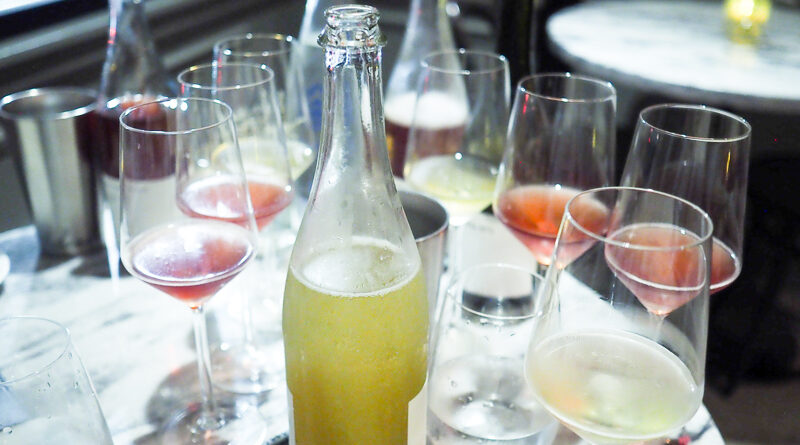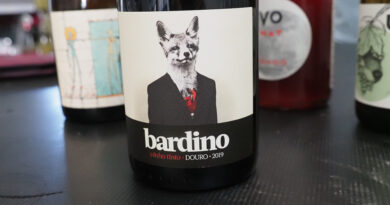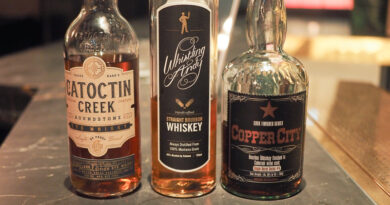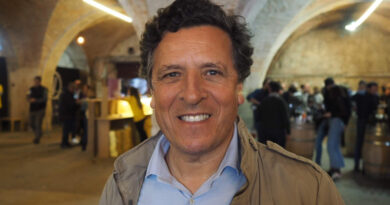Piquette, the natural wine craze taking off in the UK, but banned in the EU
Lower in alcohol, lower in price, and compatible with the low/no waste culture, what’s not to like about piquette? Especially for natural wine producers, whose gluggable wines often turn out to be just a little too expensive for daily smashing, piquette seems to be a great way to offer impecunious consumers something they can really smash without going broke – and something that is made from well farmed grapes without hardly any additions. Just as with the Pet-Nat revolution, it’s natural wine producers who are leading the way reintroducing this old-school product, which was originally used as a drink for thirsty vineyard and winery workers.
Indeed, Piquette has recently become a thing with the natural crowd in the USA. There’s one problem, though: it’s not legal in the European Union.
Article 44(9) of the European Commission Council Regulation No 1493 from 1999 states ‘Piquette, where its production is authorised by the Member State concerned, may be used only for distillation or for consumption in the families of individual wine-growers.’ But in some countries, such as France, the ban on its sale goes much further back. I know a German producer who did try to sell piquette, and then had to destroy it all when the authorities found out. Another spoke to me about the piquette they were making, but wasn’t prepared to be on the record about it because of its illegality.
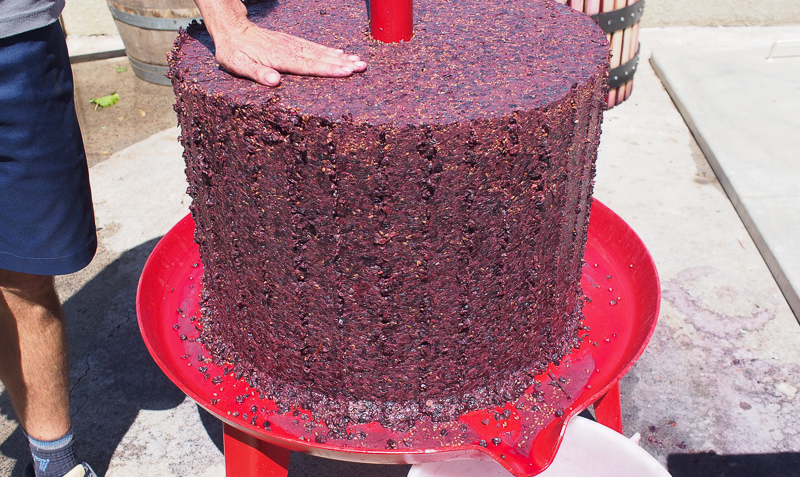
Why is it banned? In a situation of over-supply, the EU regulators wanted to reduce the volume of wine on the market, and this step took out some cheap, entry level wine-like product that might have contributed to the problem. It seems heavy-handed though.
What is piquette? It’s basically stretching the grape pomace to extract any residual alcohol, sugar and flavour left in the skins by adding water, and perhaps sugar. It’s an alternative to using the marc for distillation (which also takes advantage of the sugar/alcohol left in the skins) or using it for composting. How Piquette is made depends on whether you are dealing with white wine skins, or red/orange wine skins. For white wine skins, after pressing there is some sugar left in the marc, and water is added to wash this and any flavour compounds out. The piquette can be made by fermenting on the skins, or it could be made by re-pressing the water soaked skins before fermentation. It’s possible to add sugar, or even honey, to give the wine a bit of an alcohol boost. It’s also possible to add a bit of tartaric acid to balance the acidity in the light of the added water.
For reds and orange wines, the pressed skins contain alcohol, and water is used to leach that out along with some colour and flavour. There won’t be much sugar present, unless it is the pressings from a carbonic maceration (when the wine is usually pressed before fermentation is anywhere close to finishing). But sugar can be added with the water and some more fermentation can take place on the skins.
The result is a fresh, light bodied wine that’s smashable, and hopefully cheaper – in the natural wine world there’s a big need for something more entry level.
Todd Cavallo of Wild Arc farm in New York State’s Hudson Valley has been working on Piquette for a while, and is seen as one of the experts in its production. I asked him what the challenges were in making good piquette. ‘For us, the main technical challenge Is managing LAB [lactic acid bacteria] activity at the increased pH that a water addition brings. Luckily all our fruit is harvested with fairly high TA and low pH, so even adding back 50% of the volume of wine as water still keeps us in the 3.4-3.7 pH range (usually). This is elevated enough so that the LAB can work a little more efficiently but not so high that we get runaway bacterial infections. We still have to be careful with oxygen exposure and temperature to make sure we are getting more pleasant by-products than unpleasant. For us, this has meant moving our pomace soaks into variable capacity stainless tanks rather than the open tops we use for wine fermentation.’
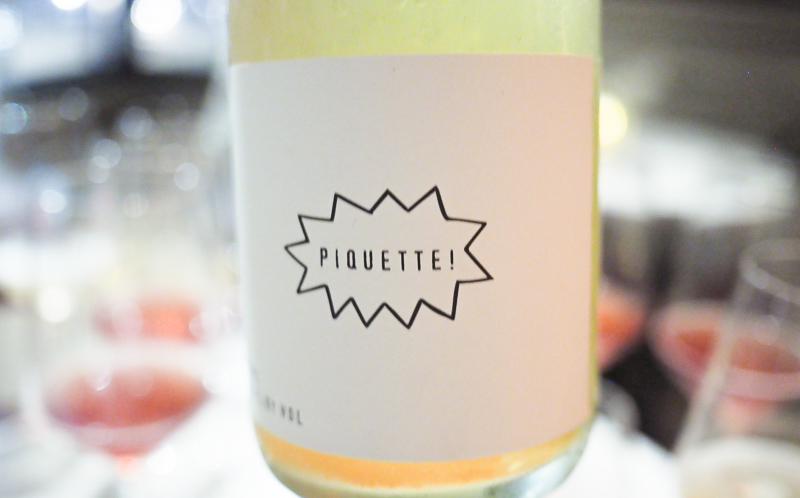
Does it differ for reds and whites? ‘Yes you are spot on that it differs for reds and whites, since the white pomace will still have significant fermentable sugar during the soak, while we ferment our reds to dryness before pressing so we are really only extracting residual alcohol, color, and tannin from the piquette soak. Essentially we just have to be a little more careful with the white piquettes during soaking.’
‘Because we are in the safe zone with our pH, we don’t acidify, and we also don’t add sugar, but for long term stability and a little extra body/structure, we do add about 15% of actual press wine to the piquette right at the second pressing. This lets it age over the winter with a slightly elevated ABV and TA that we have found leads to a cleaner profile.’
There are lots of winegrowers in the EU who are interested in making piquette, but its illegality is a barrier. In Austria, Claus Preisinger made one and (illegally it seems) sold it. He used pressed whole bunch Syrah and Blaufränkisch with some juice (and sugar) left in the berries, added water, and bottled the fermenting mixture as a sort of Pet-Nat/piquette hybrid. I didn’t try it alas.
In South Africa, in the 2021 vintage, a couple of producers have also made piquette, and it will be interesting to see how these turn out. There are producers experimenting in Australia and Canada. Cavallo says that in three years it has gone from one producer to 66 who are making and selling it, in 16 different countries.
Maybe it is time for a change in the rules?
The only piquette I have had was one from Wild Arc Farm, in Racines in August 2018:
Wild Arc Farm Piquette Sparkling Traminette 2017 Hudson River Region
7% alcohol. This is made from pomace, soaked in water for 48 hours, then pressed again. Very lively and bright with nice freshness and precision. Bright and lemony with some nice bitter hints, and notes of grapefruit pith. Dry and expressive. Juicy and bright. 89/100

